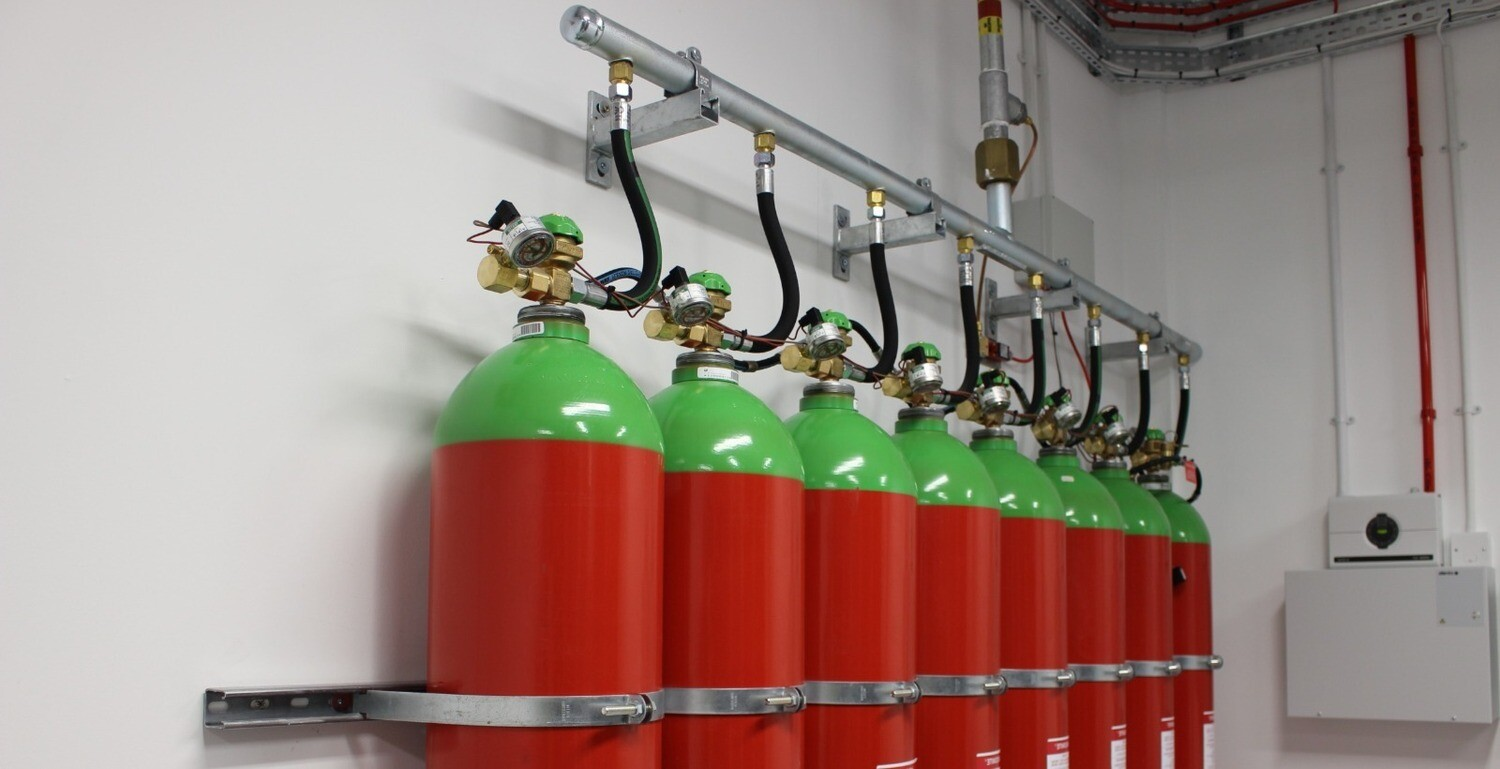When it comes to fire safety, the IG-100 system is a top-tier choice for protecting sensitive spaces. It uses nitrogen gas to quickly and effectively put out fires, leaving no harmful residues or damage behind. But before you invest in this system, it’s crucial to weigh the costs and benefits carefully. This article will explore the many advantages of IG-100 and provide a step-by-step guide to conducting a comprehensive Cost-Benefit Analysis (CBA).
The Benefits of Implementing an IG-100 System
When it comes to fire suppression, the IG-100 system offers several compelling benefits that make it a top choice for modern fire protection:
-
Enhanced Safety
One of the primary advantages of the IG-100 system is its emphasis on safety. Unlike traditional fire suppression agents, IG-100 is inert and non-toxic at its operating concentration. This characteristic ensures that it poses no health risks to people in the protected area. Additionally, the gas does not impair visibility, which is crucial during an emergency. With IG-100, evacuation routes remain clear, allowing for a swift and safe exit from the area.
-
Environmental Friendliness
In today’s environmentally conscious world, the ecological impact of fire suppression methods is a significant concern. IG-100 excels in this area by being an eco-friendly choice. The gas is non-conductive, does not deplete the ozone layer, and eliminates the need for harmful chemicals. By opting for IG-100, organizations can align with green building practices and reduce their long-term environmental footprint. This not only benefits the planet but also helps in meeting regulatory requirements and enhancing corporate sustainability.
-
Swift Fire Suppression
Time is of the essence when it comes to extinguishing fires, and IG-100 delivers impressive speed. The system works by rapidly flooding the area with nitrogen gas, effectively reducing oxygen levels and extinguishing fires in less than 10 seconds. This swift action minimizes damage, limits downtime, and reduces the risk of re-ignition. For businesses, this translates to fewer disruptions and a quicker return to normal operations.

Conducting a Cost-Benefit Analysis
To fully understand the value of implementing an IG-100 system, a thorough Cost-Benefit Analysis is essential. Here’s a step-by-step guide to performing a comprehensive CBA:
-
Establishing a Framework
Begin by defining the objectives of your analysis. What specific goals are you aiming to achieve? Develop a structured framework that includes setting clear metrics for both costs and benefits. This will guide your evaluation and ensure that all relevant factors are considered.
-
Identifying Costs and Benefits
Next, compile a detailed list of all potential costs and benefits associated with the IG-100 system. Costs may include installation, maintenance, and any indirect expenses such as staff training. Benefits should encompass both tangible factors, like reduced damage and lower insurance premiums, and intangible aspects, such as enhanced safety and environmental impact. Accurate identification and definition of these factors are crucial for a comprehensive analysis.
-
Assigning Monetary Value
To facilitate comparison, assign a monetary value to each identified cost and benefit. This process involves quantifying the financial impact of each factor, such as calculating the cost savings from reduced damage or the value of improved safety. Comparing these values helps in determining the overall financial viability of the IG-100 system.
-
Evaluating Results
Finally, analyze the results of your CBA to assess the overall worthiness of the IG-100 system. This involves comparing the total costs against the total benefits to determine if the investment is justified. Metrics like return on investment (ROI) and payback period can provide valuable insights into the financial benefits of the system.
Conclusion
Implementing an IG-100 system comes with a lot of benefits: it makes your space safer, is better for the environment, and puts out fires quickly. But to make sure it’s the right investment for you, a thorough Cost-Benefit Analysis is key. By following the steps outlined in this article, you can make smart decisions that balance the costs with the advantages of IG-100. This careful evaluation not only helps you choose the best fire protection solution but also ensures your investment aligns with both safety and sustainability goals.

